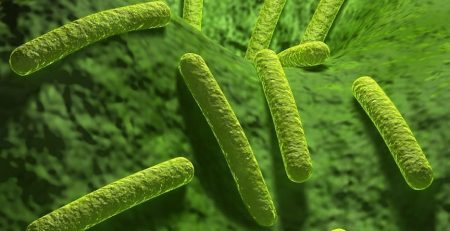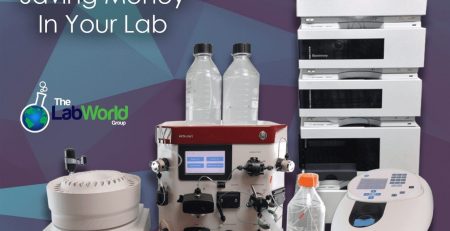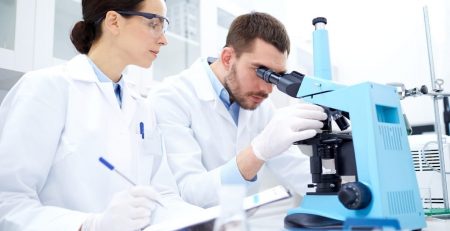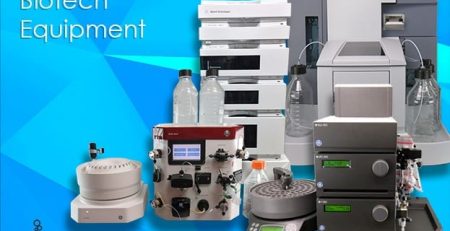Growing Body Parts
Ever wonder when humans would be able to regrow body parts just like science fiction movies? Well, we aren’t quite there just yet, but the beginning of that miraculous world isn’t far off. Alex Seifalian is leading his lab at the University College London to help humans who lost body parts to grow another. Seifalian has nicknamed this incredible lab “the human body parts store” and with good reason. Using synthetic materials and stem cells the lab is able to create body parts.
It is almost like a mini microorganism construction site. The team sets about first creating a mold (referred to as a scaffold) and foundation for the body part to grow. The main construction ingredient instead is a porous Nanocomposite material which has been both developed and patented by the team. The team then places this mini mold into a bioreactor with some of the patient’s bone marrow. What the bioreactor allows is for the patient’s bone marrow to be placed in there and to grow exponentially and form into the mold with a high success rate. The mold provides the surface and structural support that is needed in order for the bone marrow and associated stem cells to grow appropriately. The patient’s cells take over the mold and material and fill the porous holes so that it can more easily become part of the patient’s body.
The team basically needs to develop an appropriate mold for each body part they need to develop. So far the team has also developed small artery bypass graft and trachea (windpipe). Both of these items are currently alive in well inside two very lucky patients. The most recent endeavor involves growing a nose for a 55-year-old man who had to have a nose removed due to cancer. This treatment is a life-changing event for the gentleman, as going out in public had become a rare occasion.
The team grew the nose in a glass jar for around a month. After that, the nose was implanted under the man’s arm in order to allow it to acclimate to the body. A doctor will then move the nose to the patient’s face after it finishes developing and acclimating with the man’s body. However, after that, the nostrils will have to remain sealed for a year in order to avoid infection.
When you think of groundbreaking technology this is incredible. The method has been made, now improving and refining that method increases tenfold usually. Who knows what the future holds? This may seem like cool science fiction ideas to some. Think of the impact this could have on people’s lives suffering from wartime injuries, amputations, items removed because of cancer, etc. The possibilities are endless and studies like these could truly change so many parts of human life from organ transplants to how we deal with diseases. Obviously this is still always off, but incredibly exciting.
Other Articles and Resources
Skin regeneration scaffolds: a multimodal bottom-up approach
CNN Blog – Interesting Article with photographer perspective














